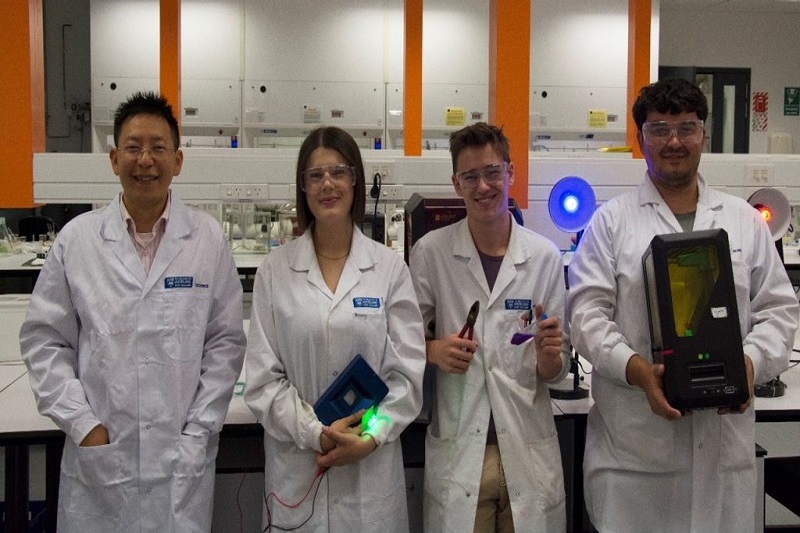
“Living” and “self-repairing” plastics could be a potential game-changer for product design and recycling.
According to a recent press release, researchers at New Zealand’s University of Auckland have demonstrated how to 3D print a ‘living’ resin.
About the Initiative
This is a novel technique that enables the creation of ‘living’ and ‘self-repairing’ plastics. The researchers explained that ‘living’ resin means a 3D printable material that can change its properties after it has been produced.
It includes the ability to ‘grow’ in size and mass as well as ‘self-repair’ when damaged, which adds a new dimension to the existing 3D printing process.
A team of honours students under the supervision of Dr Jianyong Jin and Dr Ali Bagheri, of the School of Chemical Sciences from the Faculty of Science, accomplished the world-first by producing an example of ‘living’ 3D printing using a technique known as RAFT.
RAFT stands for reversible addition-fragmentation chain transfer polymerisation.
Background
In 2018, the team came up with the idea of applying the RAFT technique to 3D printing and carried out research to perfect the process. They dubbed the project, The Thing, after the 1982 movie.
Dr Jin shared that if 3D printing, which is often called additive manufacturing, is the new frontier of the fourth industrial revolution then the new technique is at the forefront of that frontier.
3D printing is commonly done with a polymerisation process in an uncontrolled fashion. The technique advances 3D printing in two main ways.
The big breakthrough of the project is the capability of the RAFT technique to produces objects that Dr Jin calls ‘dormant’.
Traditionally, 3D printing produces inert objects that cannot change. RAFT technique objects can ‘grow’, ‘self-repair’, and new compounds can be inserted to alter their properties.
The novel technique, in effect, enables the printing of 3D objects with the ability to transform after production.
Additionally, traditional 3D printed objects are ‘cured’ or set with ultraviolet light. This new technique uses visible light, such as green and red, which requires less energy and is safer.
This potentially opens new opportunities in biomedical applications where it is not safe to use harmful UV light.
Benefits
Some examples were provided. For instance, shoes that are 3D printed with this technique could be programmed to grow with the wearer.
Self-repairing plastic offers the potential to reduce plastic waste by removing the cost and time needed to break down plastic objects into raw material for reuse.
The University of Auckland team collaborated with researchers from the University of New South Wales and the University of Melbourne, and acknowledge support from the Endeavour Fund administered by the Ministry of Business, Innovation and Employment.
3D printing initiatives are beneficial to many, based on previous reports by OpenGov Asia.
For instance, Australia’s Swinburne University of Technology has led a new research initiative that is using an ultra-fast 3D printing method to fit users with personalised ear devices in under an hour.
Hearables 3D draws on Swinburne research to scan and 3D print customised tips, tailored to the unique ear profile of individuals. The result is better-fitting earphones and hearing aids.
Hearing loss is becoming an increasingly prevalent problem in society and is cited as the ‘next smoking’.
With this in mind, ear solutions that everyday people like and can access are needed more than ever and where this technology fits.
3D printing has been reported to boost veterinary studies. 3D printed models of dog skulls have boosted the capacity of Australia’s University of Queensland veterinarians to save animals and educate the veterinary students of tomorrow.
The skulls were used to help children understand how dogs with short noses can suffer from the condition called brachycephalia.
















